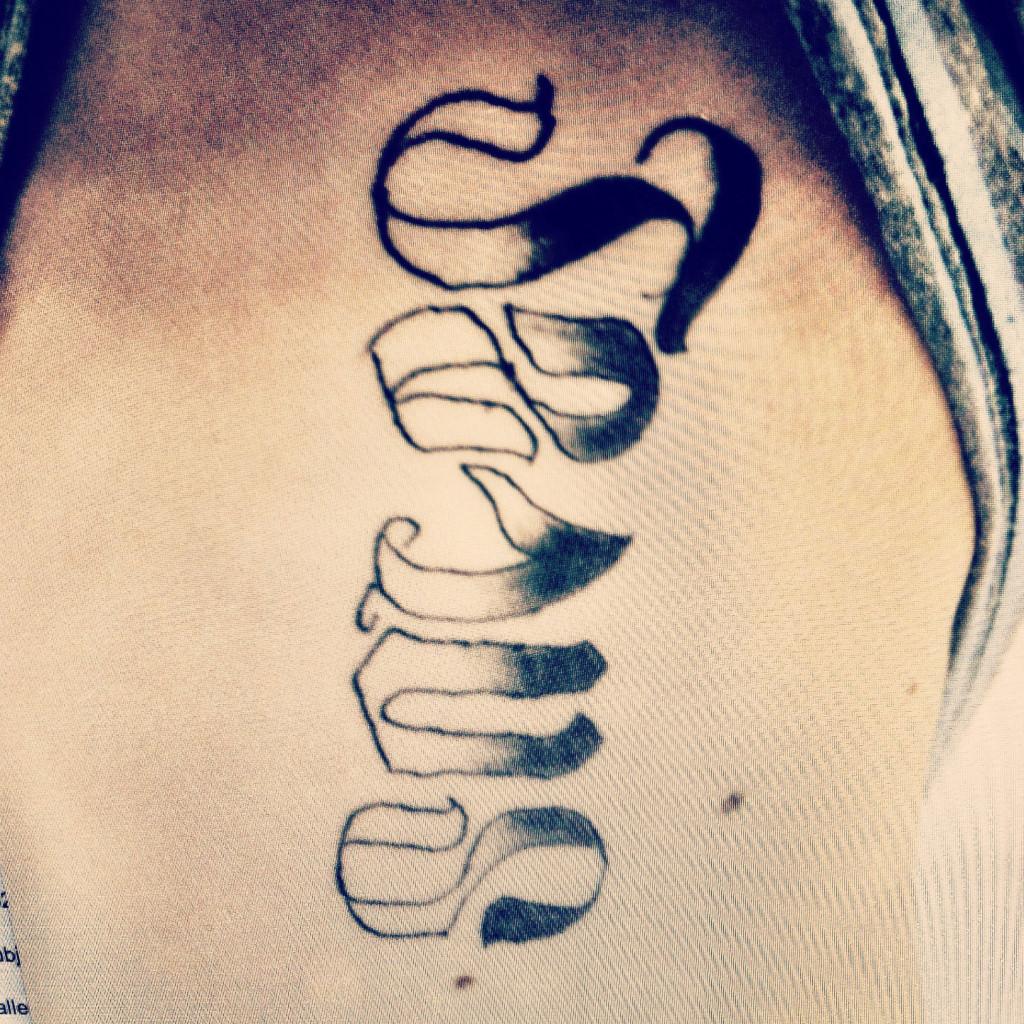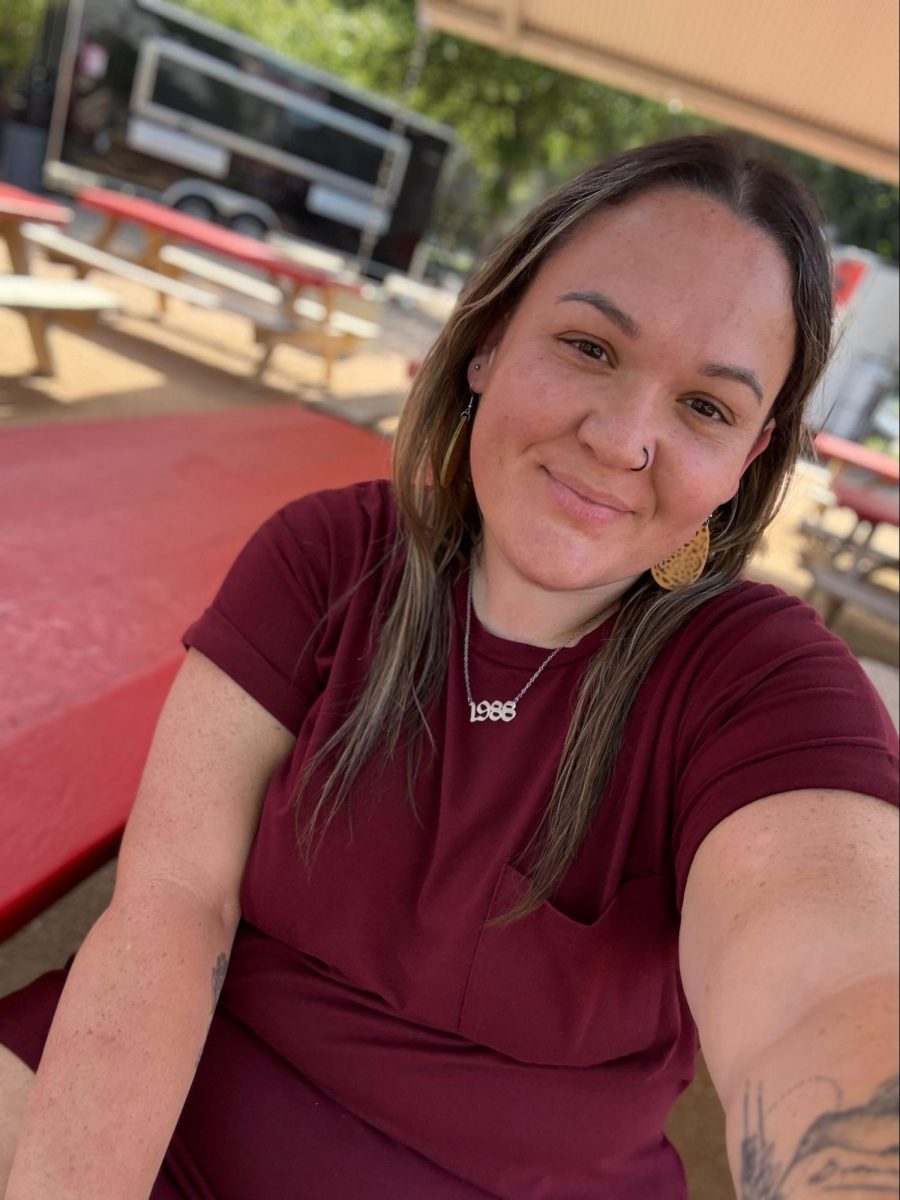Tattoos are a personal decision and often a polarizing topic. Some people shy away from the commitment of permanent markings on their skin, while others can’t get enough of them. Even among the pro-tattoo population, variations exist. From the college girl with the tiny butterfly imprinted on her ankle to the garage band singer with the portrait of his girlfriend proudly splashed across his chest, tattoos hold a personal meaning for each person who wears them, and have been a human tradition for centuries.
The practice of tattooing the skin dates as far back as 5,200 years ago to ancient Egyptian times, when tattoos served as status symbols, amulets against evil, religious rituals, declarations of love and even punishment. In those times, sharpened bronze tools and dark pigments such as soot were used to prick and “dye” the skin.
Tattoos were not just limited to the Egyptians either: Pre-Columbian civilizations in Chile and Peru used them as indicators of fertility. Greeks and Romans tattooed their slaves to keep track of who belonged to whom. American Indians used tattoos to indicate religious status. And even today, the Maori tribe in New Zealand uses extensive facial tattoos to display ancestries, specific abilities and social status – much like ID cards.
In urban culture, tattoos have become a source of creativity and fashion. Actors and singers flaunt new body art, and some tattoo artists themselves have risen to celebrity status, such as LA Ink star Kat Von D. With tattoos so glamorized lately by the media, it’s no wonder that even high school students are starting to utilize this most permanent form of self expression.
“I think my tattoo is pretty unique,” junior Riley Bloodgood said. “It says Jesus going down and Saves going up. I got it because I love Jesus and He’s my Lord and Savior. Also, I really wanted a tattoo so why not put the two together.”
Before getting a tattoo, make sure to give plenty of thought to the design. Remember that it is a permanent piece of art. Will it still be relevant in 20 years? Although laser treatment is available to remove less-than-loved tattoos, it is a painful, expensive and long process that could be more trouble than getting one in the first place.
Going to a reputable shop can help ensure a positive experience. Visit the shop in person, and check out the artist’s portfolio. A cheap deal does not necessarily mean it’s a better one. Finally, accept that the tattooing process will hurt.
“It hurt really bad,” Bloodgood said. “It felt like a really hot constant scratching. But it was totally worth it. This is only my first one; I have three more planned.”






